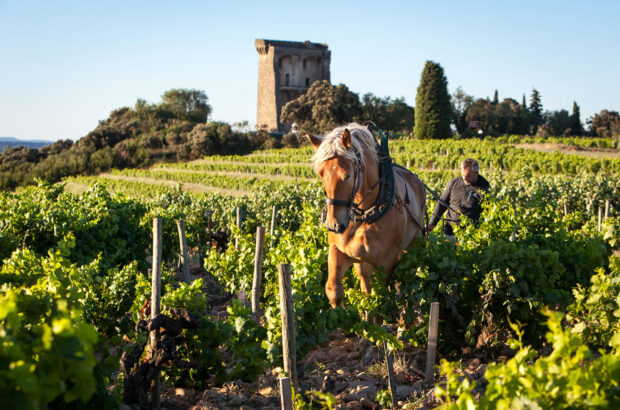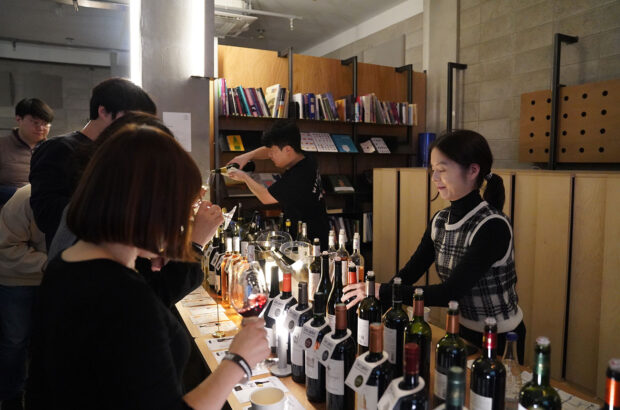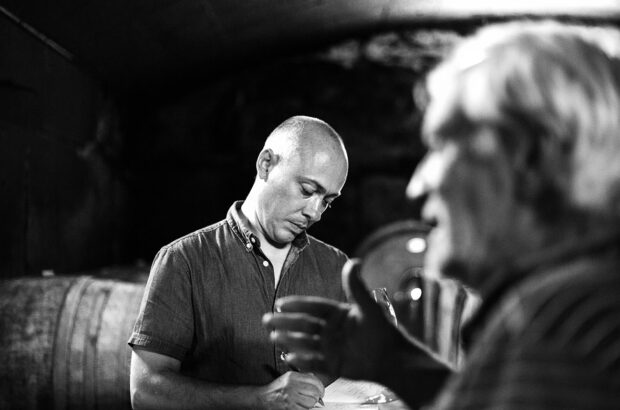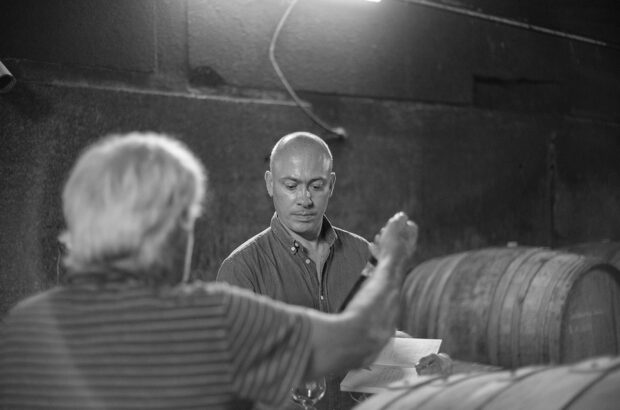When he enrolled at Bordeaux Ecole du Vin at Château Preuillac, not only did STEPHEN BROOK have a wonderful time, he was surprised to find that he learnt a thing or two as well.
As schools go, Château Preuillac is no Dotheboys Hall. When I was invited to visit the wine school now installed at this northern Médoc estate, I wasn’t at all sure that I wanted to go back to school. However, I was assured that I would not be beaten if I gave a wrong answer and that there would be no examination at the end of the course.
Preuillac looks like a typical early 19th century château, but it was built a mere 25 years ago. The great advantage of this is that it has efficient central heating and en suite bathrooms. In 1998 the property was acquired by the Mau family, which runs the négociant house of Yvon Mau. Jean-Christophe Mau, who also makes the wine at Preuillac, decided to establish the Ecole du Vin as a means of introducing wine trade professionals to the mysteries of Bordeaux. Until now, participants have been wine retailers, buyers and restaurateurs, but there are plans to open to the general public.
https://www.decanter.com/wine/wine-regions/bordeaux-wines/
A typical course lasts from two to three days. The first day begins in the classroom, where partitioned pine work benches allow students to taste, scribble and spit in relative privacy and comfort. Depending on the groups, the courses are taught in French, English or German. Our tutor was Richard Bampfield MW, also a consultant for Yvon Mau. We began with an overview of viticulture, vinification techniques and the unique commercial system for selling and distributing the wines of Bordeaux, and Bampfield encouraged discussion, so this was a far cry from the lecture hall. A blind tasting followed, the idea being to learn how to identify oaked and unoaked wines.
The Ecole du Vin is not an academic institution, so little time is spent in front of the blackboard. Once our three-hour class was over, we tramped down to the vineyards to see look at pruning. Depending on the time of year, students are encouraged to help the vignerons with their chores. Fortunately, given the frosty weather, we arrived at noon, so we could admire the vineyard workers slipping their secateurs back into their pockets and setting off for home.
https://www.decanter.com/wine-news/ecole-du-vin-spreads-the-gospel-97370/
We had a stab at distinguishing different pruning techniques, but the vignerons’ quest for lunch proved infectious. Back inside the warm château we sat down to a cold buffet lunch, at which we were joined by John Salvi MW. With his long white beard, Salvi looks like a well-fed Old Testament prophet, but he exudes a far greater zest for life than Ezekiel. A long-time resident of Margaux, he knows everybody in Bordeaux and is happy to share his knowledge. After lunch we headed off in the minibus to visit a couple of Médoc châteaux, beginning with Château Margaux. Of all the first growths, Margaux is probably the most adept at tailoring visits to the demands and knowledge of each group. Being avid students of Bordeaux, we were passed into the hands of Dr Vincent Millet, the estate’s technical director, who gave frank and lucid answers to our questions. We sampled the grand vin from 1999 and 2000, and the 1999 Pavillon Blanc.
From Margaux we travelled north to Saint-Julien and Léoville-Las-Cases. After a rapid tour of the chais, we were ushered into a tasting room where we were received by the proprietor, Jean-Hubert Delon. Two vintages, 1997 and 1998, were poured: Potensac from the northern Médoc, Clos du Marquis from St Julien, Léoville-Las-Cases and Nenin from Pomerol.
As the winter sun was sinking fast, we drove back up through Pauillac and Saint-Estèphe to Preuillac where, after a brief rest, we toured the cellars with Jean-Christophe Mau. At dinner the dishes and the wines are local. The wines come mostly from châteaux distributed by Yvon Mau, but there were also some bottles poured blind and the students’ tasting skills were put to the test. The next day we motored down to Sauternes and Entre-Deux-Mers, where Yvon Mau has its HQ, and it’s instructive to see the sheer scale of a large négociant house. The Maus’ property at Château Ducla is next door to the warehouse, so we were given a tour and tasting by the winemaker before leaving the chilly cellars for the warmth of a local restaurant.
In Saint-Emilion we visited Château Trimoulet, where we were received by the genial Michel Jean, and concluded our visit in the Côtes de Castillon, where Philippe Bardet produces robust wines from two properties. Then it was off to the airport. In retrospect it was remarkable how much was packed into two days, but the school has managed successfully to cram in as much information as possible without making the experience a chore in the slightest – and even this old Bordeaux hand learnt a good deal that was new.
The two-day wine course that Stephen Brook took at Château Preuillac’s Ecole du Vin costs from £350 per person, including tuition, meals and accommodation, and excluding flights. For more details, log on to the site: www.chateau-preuillac.com







